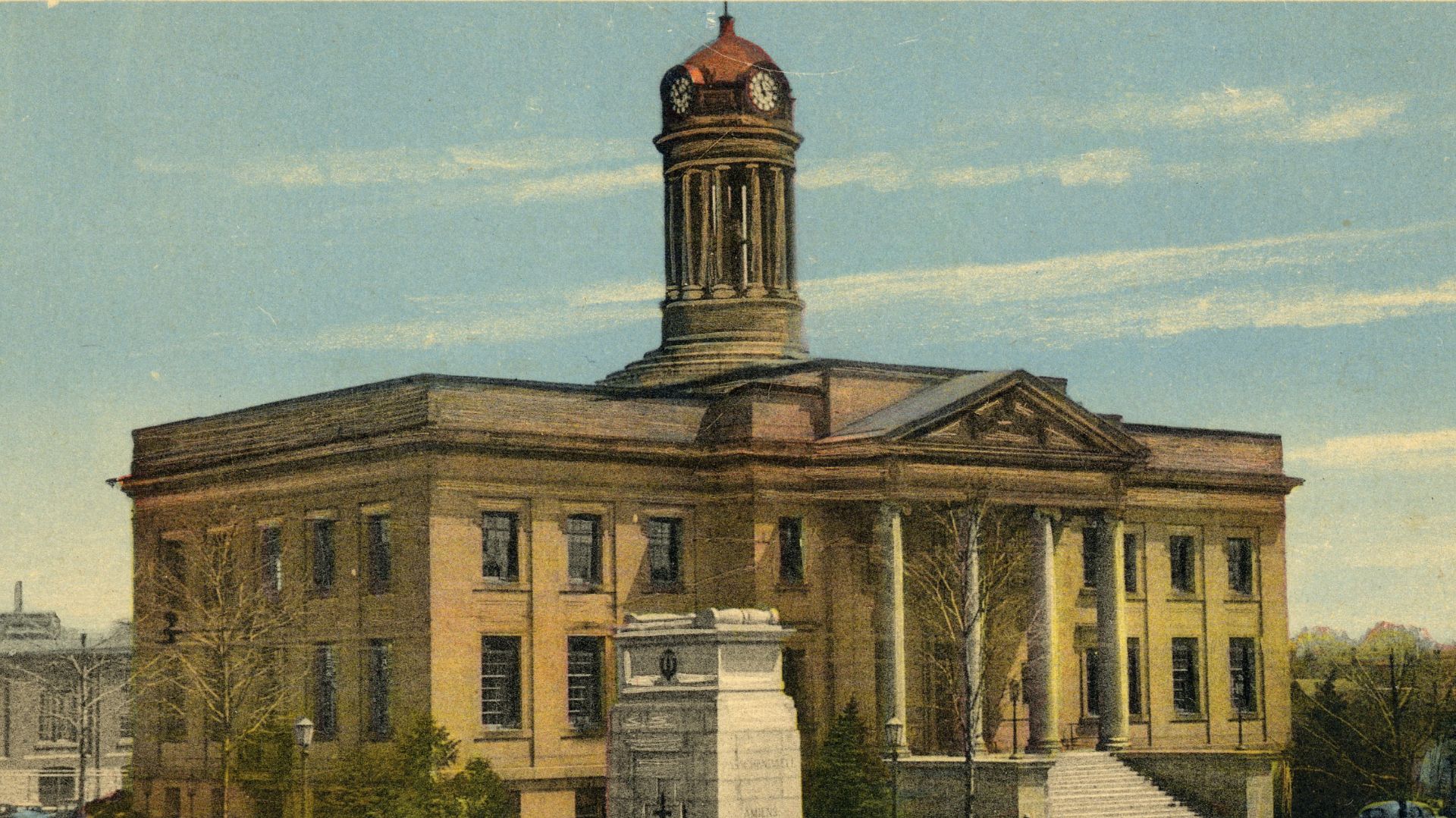All locations are open today from 9 a.m. to 8:30 p.m.
MONDAY
TUESDAY
All locations are open today from 9 a.m. to 8:30 p.m.
WEDNESDAY
All locations are open today from 9 a.m. to 8:30 p.m.
THURSDAY
All locations are open today from 9 a.m. to 8:30 p.m.
FRIDAY
All locations are open today from 9 a.m. to 5 p.m.
SATURDAY
All locations are open today from 9 a.m. to 5 p.m.
SUNDAY
All locations are closed today.
A
